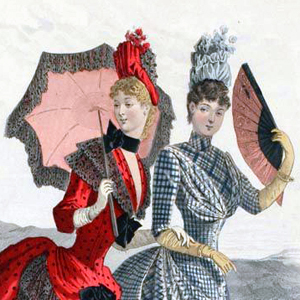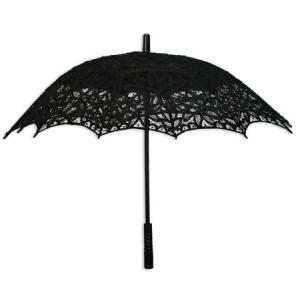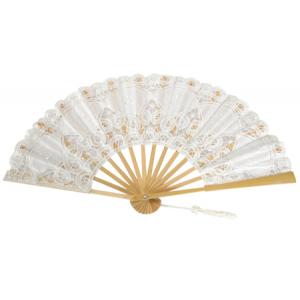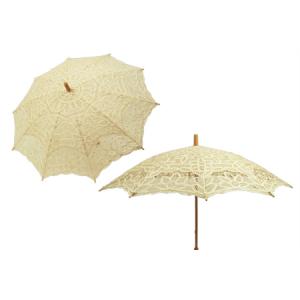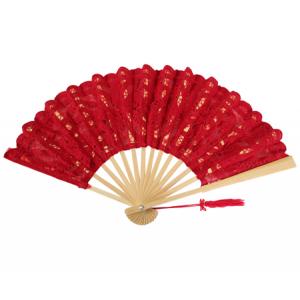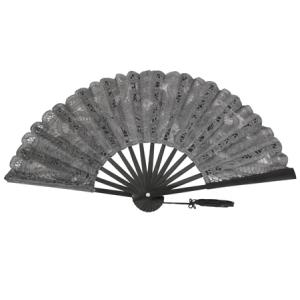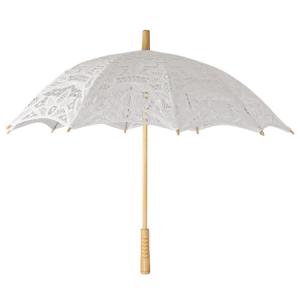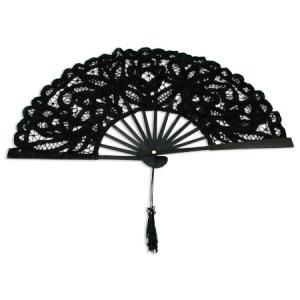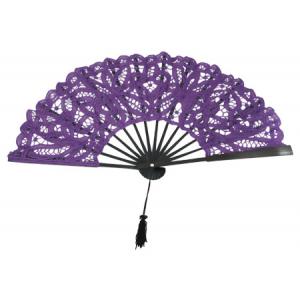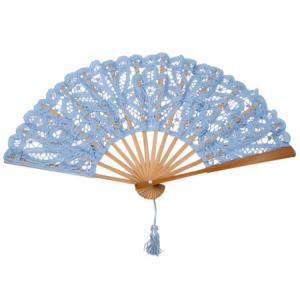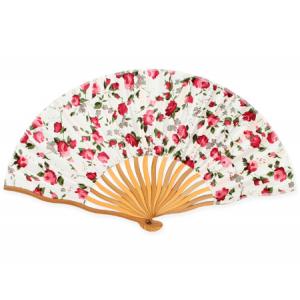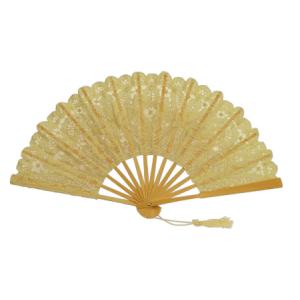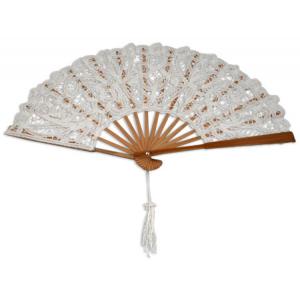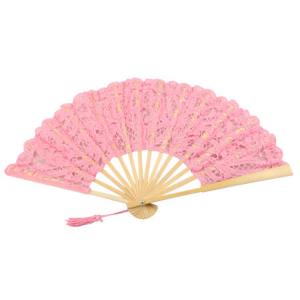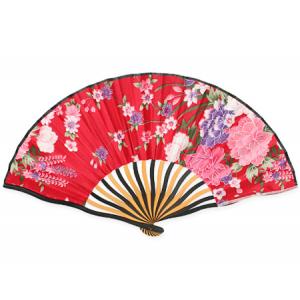Prices and Availability Subject to Change. Please call 800-997-4311 for more Information.
14 results
Parasols Q&A
What is a parasol?
A parasol is a lightweight, portable canopy designed primarily for sun protection rather than rain, popular from the 18th to early 20th centuries. Traditionally carried by women of status, historical parasols featured decorative handles of ivory, silver, or wood, and canopies made of silk, cotton, or lace, often embellished with tassels, fringe, or embroidery.
What do people use parasols for?
Historically, parasols were essential for ladies to maintain the pale complexion that signified high social status. Today, people use parasols for practical sun protection, as fashionable accessories at weddings and garden parties, in photography for diffused lighting, and as decorative elements at outdoor venues. They remain particularly popular at summer festivals, beach outings, and in cultures with traditions of sun avoidance.
What are Battenburg lace fans?
Battenburg lace fans, popular in the late 19th century, feature wood ribs with a layer of mesh and then lace for easier folding and durability. They are typically made of 100% cotton, including the lace, and are available in various colors, most commonly black and ivory.
MORE Q&A





